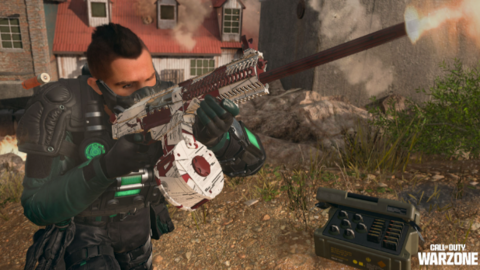Diablo 4 Season 6 has arrived alongside the first major expansion, Vessel of Hatred. This new season features a ton of changes and new content, some exclusive to the DLC and some not, with one of the major changes being to the difficulty system. The new system sees the return of the Torment tiers last seen in Diablo 3, with four Torment tiers in addition to four regular difficulties. Bumping on the difficulty will net you more gold and experience, but you will need to be well-prepared before tackling these new challenges.
The path to level 60
The new max level is 60, which you will have to reach before taking on any of the Torment tiers. Prior to that, you will be limited to four options: Normal, Hard, Expert, and Penitent. Normal offers the base level of XP and Gold, with the difficulties increasing the percentages by 75%, 125%, and 175%, respectively. These have vague recommendations based on the loot you have found, with Expert for players with some legendary items and Penitent for players with multiple tempered legendary items.
If you are just picking up Diablo 4 for the first time, you should start on Normal. This isn’t really based on your own skill, but instead because you will have far fewer abilities to start. When you roll a new character, Renown rewards carry over, so returning players start out with a dozen or so skill points, which allow them to have multiple abilities out the gate, making it much easier to play on Hard. While there isn’t a great way to determine if you are ready for the subsequent options, at roughly level 30, you can move to Expert and around level 45 you can move to Penitent. Again, this has more to do with the loot you’ve gotten, but you can change difficulties at certain towns whenever you want, so you can always try out a harder difficulty and switch back if necessary.
Torment
Each tier of Torment reduces your armor and resistances.
Torment levels are locked behind The Pit, requiring you to complete certain difficulty tiers to unlock new Torment tiers. Torment also works a little differently. The gold and XP percentages do increase and going to Torment 1 unlocks Ancestral quality items, which roll with better affixes than normal loot. There are also increases in high-quality loot drops rates for each tier you move up, although the exact numbers are hidden.
The other significant barrier is the armor and resistance reductions. On Torment 1, you lose 250 armor and 25% of your resistances. By the time you reach Torment 4, you are losing 1,000 armor and 100% of your resistances. This means you need to tailor your build to have enough armor and resistance percentages to mitigate these reductions, otherwise, you will spend a lot of time dead. This also doesn’t account for the increase in health and damage enemies get each tier, requiring your damage numbers to be pretty high too.
Luckily, Diablo 4 will make sure you’re actually ready for these new tiers thanks to the unlock requirements. You will have to complete a run in The Pit at the Torment level you’re trying to unlock in order to switch to the new difficulty, essentially checking your build to see if you’re ready.
Torment 1 – The Pit Tier 20Torment 2 – The Pit Tier 35Torment 3 – The Pit Tier 50Torment 4 – The Pit Tier 65
The Pit is now how you upgrade your Paragon Glyphs, so doing multiple runs in order to power up your Paragon board is essential to reaching the next difficulty tier.



